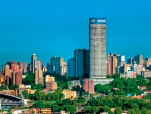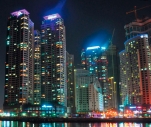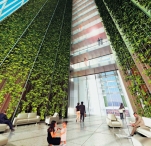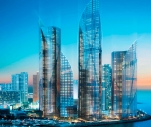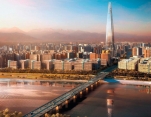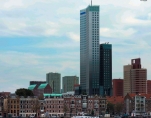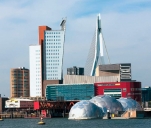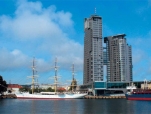
Polish Exercises
Poland has always been particularly concerned with the problems of sovereignty and national identity. To enjoy the equal rights with the states of the Old Europe took the Poles centuries. Historically, their claims were neglected not only by their foes, but also by allies. Therefore Poland has persistently been trying to prove its “West European nature”, at the same time emphasizing the “independence”, and it has become the flesh and blood of this arrogant nation.



